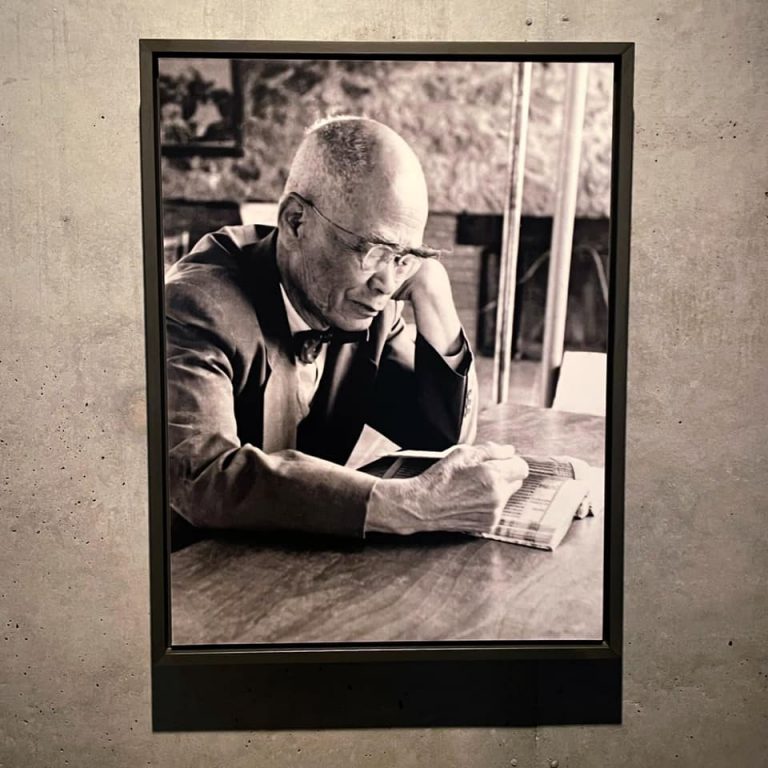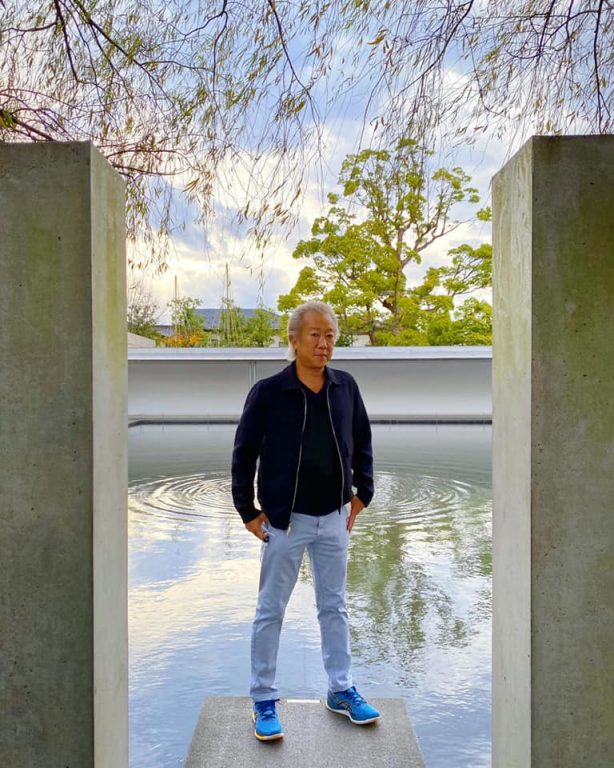Dot and Line between D.T. Suzuki and Steve Jobs

We’re at the “D. T. Suzuki” museum in Kanazawa! (Ishikawa, 1870- 1966)
His writings on Zen in English have made Japanese Zen culture widely known abroad. He has written 23 of his approximately 100 books in English. During his lifetime, he was nominated for the Nobel Peace Prize in 1963, but did not receive it.
An important concept in D.T.’s contemplation was “spirituality” (spiritual awareness). This concept is the counterpart to the “physical body,” and it is about the refinement of one’s superior individuality and superhuman “power” (kara-kiri). This is the basis of the Zen philosophy.
Zen,” which D.T. brought to the West, was later perverted and forgotten in Japan by new religions such as Aum.
In the West, however, “Zen” has been rediscovered not as “Zen” but as “mindfulness.
In 1979, Jon Kabat-Zinn (June 5, 1944-), a professor at the University of Massachusetts Medical School, systematized the technique as a psychological The first was Mindfulness” became popularized because it centered on “meditation of the mind” without the religiosity of “Zen.”
In later years, Steve Jobs became devoted to Zen as a Zen monk who took over the Western “Zen” tradition that D.T. had popularized. One of the most important events of his life was his encounter with Hirofumi Otogawa (Niigata Prefecture, 1938 – 2002), a Japanese Buddhist priest who was born in Niigata Prefecture in 1938.
Hirofumi Otogawa came to the United States in 1967. He began working at the Tassajara Zen Mountain Center in California. Jobs met Hirofumi a few years later, around 1970.
Hirofumi never shaved his head, had been married and lived together twice, and was loose with alcohol and money. Job was attracted to Hirofumi, who was far from the image of a Buddhist monk. The era was hippie culture. It was a time when the legacy of the past had been reset and a new freedom had arrived.
In fact, the hippie movement of the 1970s and the situation of the Corona disaster are similar in that the past has been reset. Zen is a tool for living in the present. There is no past or future, but only the present moment, capturing the breath and what comes to mind.
It is not a bad idea to learn about “Zen” at the beginning of an unprecedented era.
I was further stimulated by a visit to the memorial museum of D.T. Suzuki, who popularized this tool full of possibilities worldwide.
I hope you all do!








